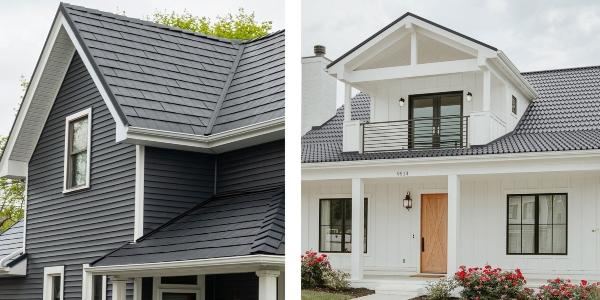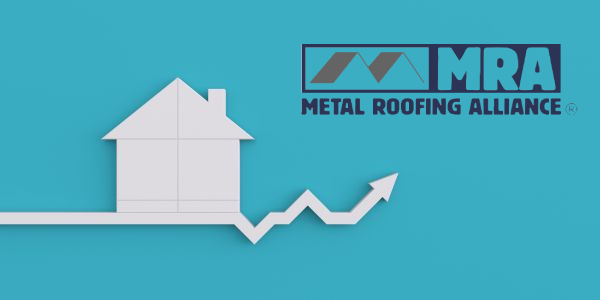7 Helpful Metal Roofing Tips From Industry Experts

By Marco Industries.
Experts from Marco Industries give you valuable tips about metal roofing.
There are many factors to consider when making a metal roofing investment. You have to choose the right contractor and material for your roofing needs, but there are a lot more factors to consider. Thankfully experts from Marco Industries have provided seven metal roofing tips to ease you through this entire process:
1 - Are metal roofs allowed?
Before you start getting quotes for a new metal roof, make sure your municipality and Home Owners Association (HOA) allow them. For various reasons, some community organizations don’t allow metal roofing to be installed on a new or existing home within its jurisdiction.
2 - Check with your insurance
Many insurance companies offer discounts in the neighborhood of 30% on your homeowners' insurance if your home is protected by a qualified metal roof. Weather-related durability is the driving factor. Coastal areas prone to hurricanes, cold-weather regions with heavy annual snowfall and fire-prone areas (modern metal roofs such as aluminum standing seam have a class “A” or UL Class 4 fire retardant ratings) are all good candidates for metal roofs. And that savings may be something to consider when thinking about how much you want to pay for a roof.
3 - Consider the long-term savings
In addition to possible savings on insurance premiums, it’s wise to figure in other savings a metal roof provides when considering your roofing choice or budget. Industry studies report metal roofs reflect solar radiant heat, which can reduce cooling costs by 10 to 25 percent. In climates where cooling costs are higher than heating costs, coating a metal roof with a shiny or granular coating can maximize the reflective capacity of the roof and improve energy savings.
4 - Get a complete quote
Estimates can vary as much in their scope as they can in their price. Make sure you get a complete quote from prospective contractors to avoid surprises later on. Your quote should include:
-
A full scope of the work to be completed
-
Roof specs:
-
Pitch/slope
-
Square footage
-
Layers
-
Number of flashings/penetrations
-
Material costs (include quantity and size):
-
Metal
-
Underlayment
-
Fasteners (rivets, screws, etc.)
-
Clips
-
Decking (plywood, etc.)
-
Flashings, RoofBoots
-
Sealants, tape
-
Other materials (drip edge, gutters, etc.)
-
Labor costs:
-
Tear-off cost per hour + number of hours to complete tear-off
-
Installation cost per hour + number of hours to complete installation
-
Includes panel install, roof deck install, accessory install, drip edge install and other added materials that require time to install
-
Available warranties
If a quote is missing one or more of these components, ask the contractor about it.
5 - Don’t always take the lowest bid
The lowest bid isn’t necessarily the best choice. It may mean the contractor is using sub-par materials or less-qualified workers who require a lower wage. They may be inexperienced with metal roofing and tried to lowball to gain your business. Sometimes, it means they’ve forgotten to include something (which will pop up later).
Not all low bids are bad, however. Sometimes they are a fine option. Perhaps the job just isn’t that complex, and the contractor is very experienced. Or, it could be a smaller business with less overhead than the higher-bid contractor. If someone comes in with a low bid, just do your homework. Check with references, referrals, customer reviews and the contractor.
6 - Do not pay up front
While your contractor will need some payment to get the job started, we recommend avoiding anyone who requires to be paid 100% up front. Instead, you should leave 20-30% to be paid upon completion of the job.
7 - DIY?
Perhaps you skipped over the last few tips because you want to install or repair the roof on your own. While that is an option, it’s not advisable. Safety issues aside, the techniques for installing or repairing metals roofs require specialized skills. If not properly installed, a metal roof (or any roof) will cause hassles and expenses in home and property damage, repair and more.
Have a question? AskARoofer.
Find your local roofing contractor in the RoofersCoffeeShop® Contractor Directory.
Original article source: Marco









Comments
Leave a Reply
Have an account? Login to leave a comment!
Sign In